Hunting
Finding the Best Hunting Knife
A good quality hunting knife is handy enough to fulfill the average needs of a hunter.

From skinning an animal to ripping through bone and ribcage, there is a wide range of hunting knife to choose from. But the ideal way to select the best knife is consider its usage and the type of game you are after. If you going after big game, then you would need a different type of hunting knife as compared to when you are going after a rabbit. A big knife isn’t always the best; sometimes a small hunting knife works the best depending on how you want to use it.
Four Elements of a Good Hunting Knife
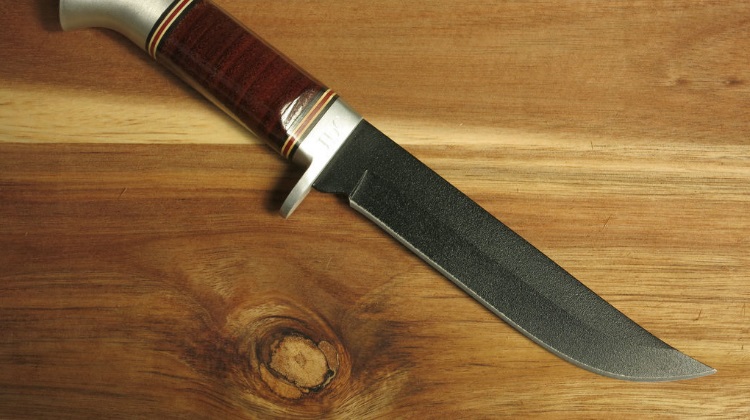
In order to find the best hunting knife, you have to understand the following four basic elements that make up a good knife:
Blade Type
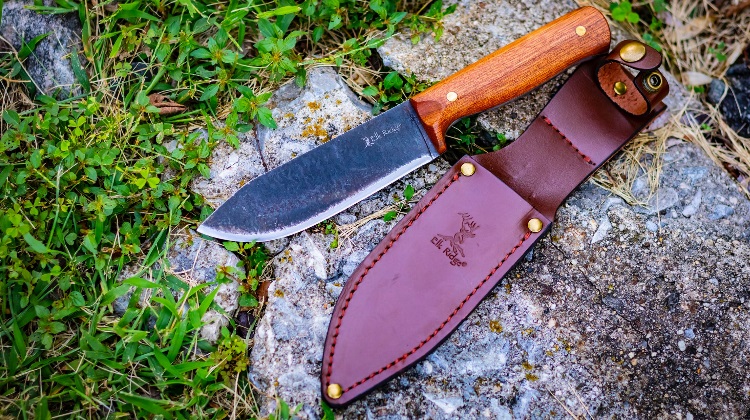
There are various types of blades available in hunting knifes.
Needle point, spear point or a clip point blade – This would work best for piercing easily when it comes to survival.
Drop point blade – Most of the hunters opt for this blade type in order to skin an animal without causing damage to the flesh or hide. The drop point blade has a belly at the tip of the blade which rounds up towards the point which makes skinning easier without any skin piercing.
Fixed Blade – This blade type knife is practically indestructible and comes with a protective sheath. It does takes up more space but has better durability.
Folding Blade – This blade is like a typical pocket knife which folds in the handle and saves up space in your bag. However, a disadvantage of this blade is that it has higher chances of breaking at the hinge.

Blade Size
When deciding the size of the blade, you need to first determine what game you would be targeting. Are you going after a bear or a moose in the wilderness? Or keeping it simple and going after a rodent or a bird?
Medium to Large Game – blades which are 4 inches or longer are ideal to hunt big games.
Small Game – for smaller games, a blade which is 2.5 inch to 4 inches long would be suitable.
Blade Material
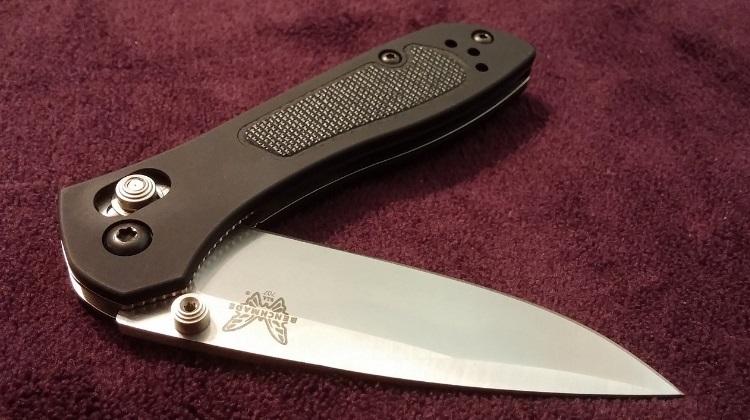
There are various materials for hunting blades but majority of them come in the follow two categories:
Stainless Steel
There is a common misconception about this material that if doesn’t rust. Stainless steel eventually rusts but due to its chemical makeup, the rusting occurs slowly. The disadvantage of this material is that the blade is soft and as a result the stainless steel knifes rapidly loses their edge. You would have to sharpen your stainless steel knife more than once in an animal dressing session.
The stainless steel knives come in a range of composites. Some examples are:
440A – it rusts slowly but is softer than the rest
VG10 – this is known as super steel which rusts slowly and also has a scary edge.
Sandvik 12C27 – this is a Swedish stainless steel and is considered as a good all rounder. It offers good edge retention, easy sharpening and corrosion resistance.
Carbon Steel
These knifes are harder as compared to stainless steel which indicates that they sustain their edge for a longer time. If you are planning to spend a long time in the wilderness hunting, then this is the best material to opt for. One disadvantage is that these knives have poor corrosion resistance. Unless you take care of the blade really well, they will start rusting in wet environment as well.
You must ensure that you clean the knife after every use in order to maintain the material of the blade. This way you will have a durable and sharp blade for a long time. The best carbon steel blade is 1095 steel which is easy to sharpen and has a super sharp edge.
Grip Material and Design

Knife grips used to be made with wood, cord, or bone back in the day. Majority of the old-school hunters opt for those classic looks; but these aren’t the strongest materials in the market nowadays. For survival situations, it is essential that you have a grip which is comfortable, slip proof and break proof. There are a wide range of strong grip materials available. The most popular include:
G-10 – It is resistant to many elements including acids, oils, and water.
Carbon Fiber – this is extremely strong and ultra-light.
Zytel – good surface grip and is light weight but strong.
Buying the best hunting knife has more to do with personal preference. Once you have a clear idea about the game you would be hunting, picking out the best hunting knife becomes easy.
-

 Adventure1 month ago
Adventure1 month agoDoes the “Big Beautiful Bill” Have a Public-Lands Wart?
-
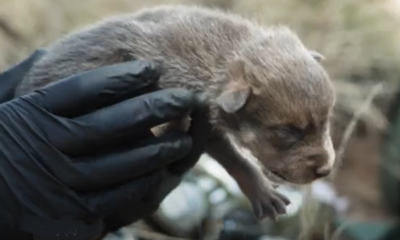
 Adventure2 months ago
Adventure2 months agoHowling in Cuckoo: How Mexican Wolves are Fostered
-

 Adventure3 weeks ago
Adventure3 weeks agoREACTION: Trump’s Make America Beautiful Again Agenda
-

 Gear4 weeks ago
Gear4 weeks agoLet Freedom RING! Primary Arms’ Independence Day Category Sale Starts NOW
-

 Adventure1 month ago
Adventure1 month agoU.S. Bighorn Sheep Going Home to Canada
-
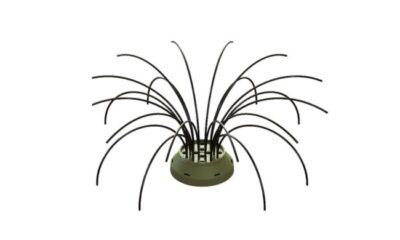
 Fishing1 week ago
Fishing1 week agoMy Wacky Bush Brings All the Bass to the Yard
-

 Adventure2 months ago
Adventure2 months agoYour Dream Hunt Could Be a Movie & Leupold Can Help
-

 Adventure3 hours ago
Adventure3 hours agoNo Ivy Required: University of Montana’s New Center for Hunting and Conservation
